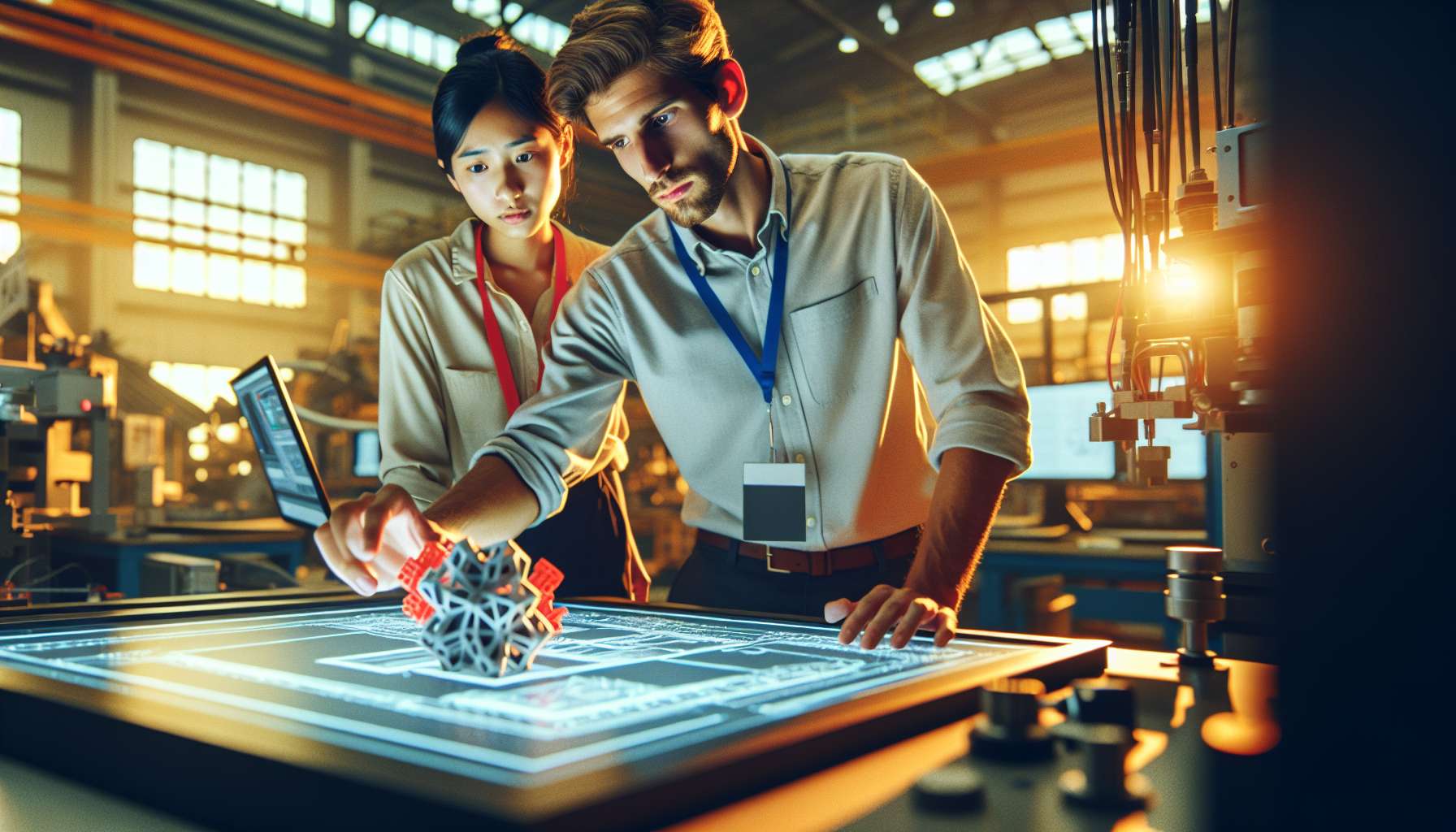The Power of 3D Visualization in Manufacturing
As technology continues to advance at an unprecedented pace, industries across the board are finding innovative ways to leverage these advancements for their benefit. One such industry that is experiencing a significant transformation is manufacturing. With the advent of augmented reality (AR) and artificial intelligence (AI), manufacturers are now able to implement 3D visualization to gain a competitive advantage in the market.
Understanding 3D Visualization
Before we delve into the benefits and applications of 3D visualization in manufacturing, let’s first understand what it entails. 3D visualization is the process of creating three-dimensional representations of objects or environments using computer-generated graphics. By leveraging AR and AI technologies, manufacturers can create virtual models that mimic real-world scenarios, allowing them to visualize and interact with their products in a virtual space.
The Benefits of Implementing 3D Visualization
Implementing 3D visualization in manufacturing offers a multitude of benefits that can significantly impact a company’s bottom line. Here are some key advantages:
- Enhanced Design and Prototyping: With 3D visualization, manufacturers can create virtual prototypes of their products, enabling them to identify design flaws and make necessary adjustments before moving forward with production. This not only saves time and resources but also ensures a higher quality end product.
- Improved Collaboration: 3D visualization allows teams to collaborate more effectively by providing a shared virtual space where they can review and discuss designs in real-time. This eliminates the need for physical prototypes and streamlines the decision-making process.
- Streamlined Production: By visualizing the manufacturing process in a virtual environment, manufacturers can identify bottlenecks and optimize workflows to improve efficiency. This leads to reduced production costs and faster time-to-market.
- Enhanced Training and Maintenance: 3D visualization can also be utilized for training purposes, allowing employees to familiarize themselves with complex machinery and processes in a safe and controlled environment. Additionally, it can aid in maintenance by providing step-by-step visual instructions for troubleshooting and repairs.
Real-World Applications
3D visualization is already being implemented across various sectors within the manufacturing industry. Here are a few examples:
- Product Design: Manufacturers can use 3D visualization to create virtual prototypes and test different design iterations before committing to physical production.
- Factory Layout Planning: By visualizing the factory layout in a virtual space, manufacturers can optimize the placement of equipment and materials to maximize efficiency.
- Assembly Line Optimization: 3D visualization enables manufacturers to simulate assembly line processes, identify potential bottlenecks, and make necessary adjustments to improve productivity.
- Maintenance and Repair: By providing visual instructions and overlays, 3D visualization can assist technicians in performing maintenance tasks and repairs more efficiently.
The Future of Manufacturing
The integration of 3D visualization in manufacturing is just the beginning of a technological revolution that will reshape the industry. As AR and AI technologies continue to advance, we can expect even more sophisticated applications and benefits. From predictive maintenance to real-time data analytics, the possibilities are endless.
By embracing these advancements and implementing 3D visualization, manufacturers can gain a competitive advantage, improve operational efficiency, and deliver higher quality products to their customers. The future of manufacturing is here, and it’s time to seize the opportunities it presents.





